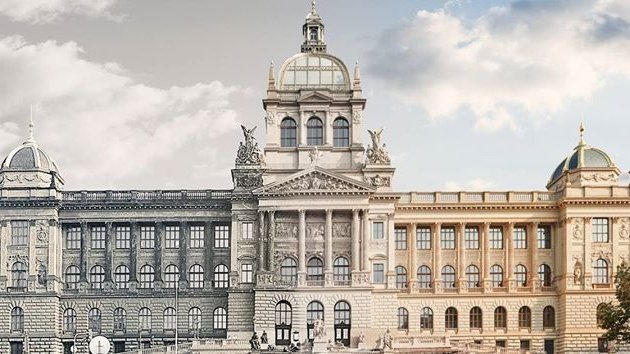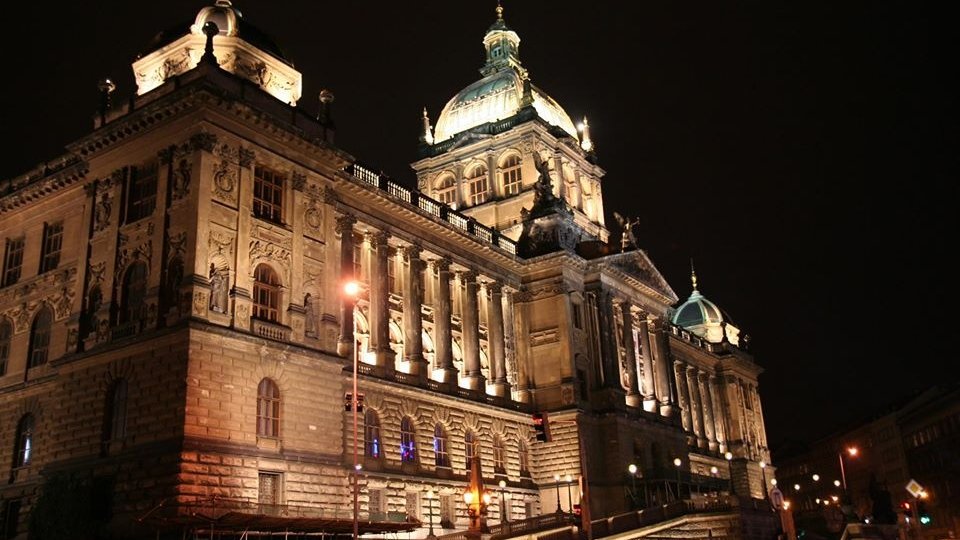
The National Museum’s main building is home to its natural history, geology, palaeontology, archaeology and prehistory collections. Right next door is the National Museum’s New Building. Exhibitions cover a wide variety of aspects of Czech history, and they typically have good interactive elements for children. Czech folk culture is explored in the charming Kinsky Folly building home to the Ethnographical Museum. More recent Czech history, specifically covering the decades Czechoslovakia existed, is examined in an excellent exhibition at the National Memorial on Vítkov Hill.

In the land of Smetana, Dvořák and Martinů one would expect a Music Museum. The Czech Museum of Music is located in a former Baroque church and its permanent exhibition focuses on the musical instrument, both as an art form and a link between humans and music. The institution also runs two museums dedicated to individual composers, the Bedřich Smetana Museum located in Old Town near the Vltava River and the Antonín Dvořák Museum housed in a beautiful baroque villa in Prague 2.
Finally, the museum manages two smaller, more specific sites. The Jaroslav Ježek Memorial is a room in a private flat furnished in the functionalist style. Part of the memorial includes the books and records of Ježek, a Czech composer and pianist. The František Palacký and František Ladislav Rieger Memorial is a remarkable 19th century collection of art, furnishings and family portraits from an aristocratic family.




Comments